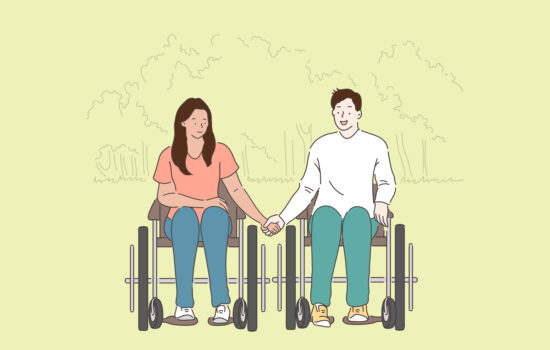The world’s first known prosthetic toe held at the Egyptian Museum in Cairo.
The use of prosthesis, i.e. an artificial substitute or replacement of a part of the body, such as a leg or an arm, has helped many who lost their limbs regain mobility, enabling them to travel, work and perform other activities of daily living. Our senior advocacy analyst Poh Sho Siam throws light on a sophisticated prosthetic device used today that has a primitive beginning.
It is not known when and where the first prosthesis was produced. The earliest record of the use of prosthesis goes back to 1,500 B.C. An artificial toe found on the foot of an Egyptian mummy dating sometime between 950 B.C. to 710 B.C, is believed to be the earliest known example of prosthesis used.
In recent times, the sheer number of soldiers with combat injuries propelled the development of prosthesis. In 1948, the United States’ Government set up the Department of Veterans Affairs Prosthetics and Sensory Aids Services to provide prosthetic and sensory aid services to veterans with disabilities.
Earlier prostheses were often made of wood, leather and metal that limited movement. Advances in material and design have made prosthetic limbs more functional, life-like and comfortable. Current prosthetics are made of lightweight yet strong materials such as carbon fibre and thermoplastics. Some are electric and implanted with microprocessors that can be adjusted for better joint movement. Users are able to climb stairs, walk, run or take part in various sports with such prostheses.


Jozef Metelka, a professional para-cyclist, owns 12 prosthetic legs that are designed for different activities, from mountain biking and snowboarding to rollerblading.

The designs and materials used in sockets have also improved over time for a better fit, which in turn reduce pressure sores and increase comfort and time of use.
Some prostheses could also be natural-looking that one may not even notice that someone is wearing them. Some have even used them as a fashion statement or one-of-a-kind accessory as a way to challenge perceptions of disability and beauty.

Model with cutting-edge style prosthetic leg.

The state-of-the-art ‘mind-controlled’ prosthesis interfaces robotics with the human nerve system. When a person thinks about moving his arm, the brain sends signals down the arm. Sensors in the electric limb then pick up muscle movements within the person’s residual limb to control and move the artificial limb.

Emerging technologies are also being experimented, such as a prosthetic limb that allows the user to experience a near-natural sense of touch and feel of different textures of materials.

Although prostheses have helped users regain mobility and lost functions, they may not be economically feasible for everyone. Each has to be custom-fitted to suit the individual and the cost is dependent on the technology and components that go into making it.
Some companies have started working on 3D printing technology that could produce prostheses at a much lower cost. e-NABLE, a global network of volunteers, is using their 3D printing and design skills to create 3D printed prosthetic hands for those in need for free.

While we look to technology to develop more intuitive prostheses, we hope existing ones could be made more readily available and affordable for the disabled community.
References include BBC News ‘In pictures: Prosthetics through time’; 7 Mar 2012 (UK), BBC News ‘Bionic arm restores sense of feeling’; 9 Oct 2014 (UK), e-NABLE (US), Jozef Metelka’s website, Sandia National Laboratories (US), The Science Museum (UK) and the US Department of Veteran Affairs.





